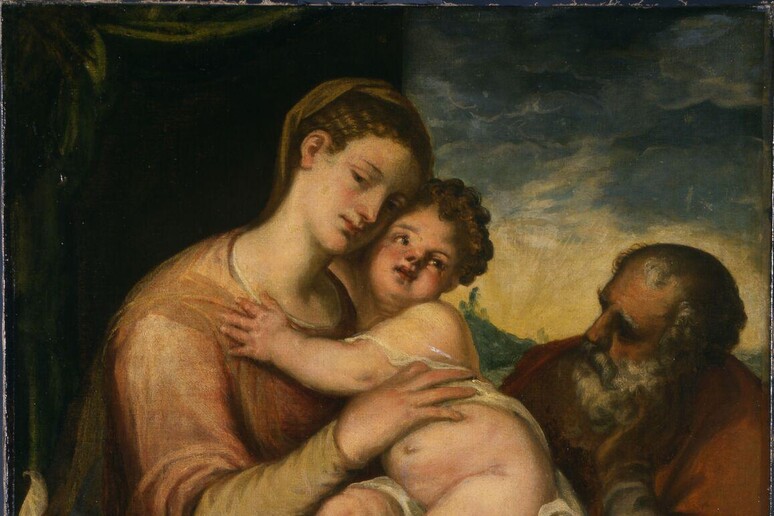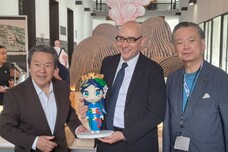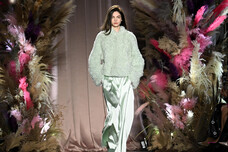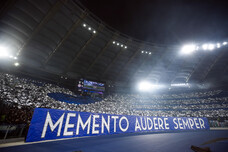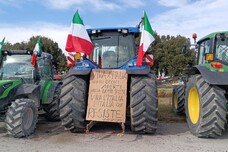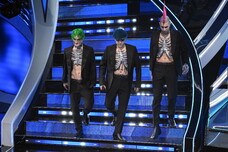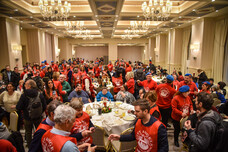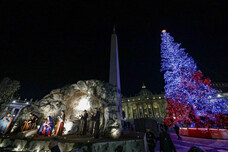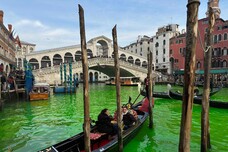Venice is set to celebrate rediscovered Renaissance painter Andrea Meldolla, known as Schiavone, with an exhibition containing 140 works from international and Italian museums debuting at the Museo Correr on November 28.
Schiavone was born in 1510 in Zara, now present-day Zadar in Croatia, which at the time was a Venetian-ruled city in Dalmatia, and died in Venice in 1563.
The exhibition tells the story of a master of a painting technique "pittura a macchia" (stain painting) that was unusual for the time, and which eventually evolved into the Macchiaioli school, using shadow and light to produce the core elements of a work of art and lending itself to the idea of a sort of "informal Renaissance" in Venice at the time of Schiavone's life.
Titled 'Splendors of the Renaissance in Venice. Andrea Schiavone among Parmigianino, Tintoretto and Titian' is sponsored by the Civic Museums Foundation of Venice (MUVE) in collaboration with 24 Hour Culture, while the curation was entrusted to Enrico Maria Dal Pozzolo and Lionello Puppi, under the scientific direction of Gabriella Belli, director of MUVE.
The show is of huge interest as it brings the general public's attention back to an unconventional, enigmatic painter, and an often unsettling and controversial one, but at the same time an artist with a very modern sensibility.
It wasn't by chance that Schiavone, just a few years after his arrival in Venice (speculated to be around 1535), divided the public and the critics.
There were those who, like Aretino, admired him and with whom he was friends, and those who, like Il Pino didn't hide their distaste.
Therefore he was an artist who didn't fit into a mold, upon whom finally light is shed through this exhibit after decades of study and research.
The show also contains masterpieces from the Dalmatian painter's 15th-century contemporaries, such as Parmigianino's 'Madonna di San Zaccaria' from the Uffizi, and his friend Tintoretto's 'Madonna Aldobrandini' from the National Gallery of London.
There are also works by Salviati, Bordon, Bassano, Polidoro di Lanciano, Lambert Sustris and Vassari.
The latter, also an art historian whose opinions conditioned those of future generations, accused Schiavone of using a "stain" technique that made each work seem as if it were unfinished.
Despite these criticisms, and even before going to Venice in 1541, Vassari commissioned him to represent the Battle of Tunis for Ottaviano de' Medici, which was exceptional considering his opinion of Schiavone.
Loved by Aretino, Carracci and El Greco, Andrea Schiavone, who influenced the art of Tintoretto, was strongly inspired by the work of Parmigianino and of the Mannerist style.
The exhibition also contains design masterpieces such as 'Ratto di Elena' from the British Museum, and extraordinary canvases such as 'Cain and Abel' for the Palatine Gallery and 'Arcas Hunting' and 'Jupiter Seducing Callisto' from the National Gallery in London.
ALL RIGHTS RESERVED © Copyright ANSA
